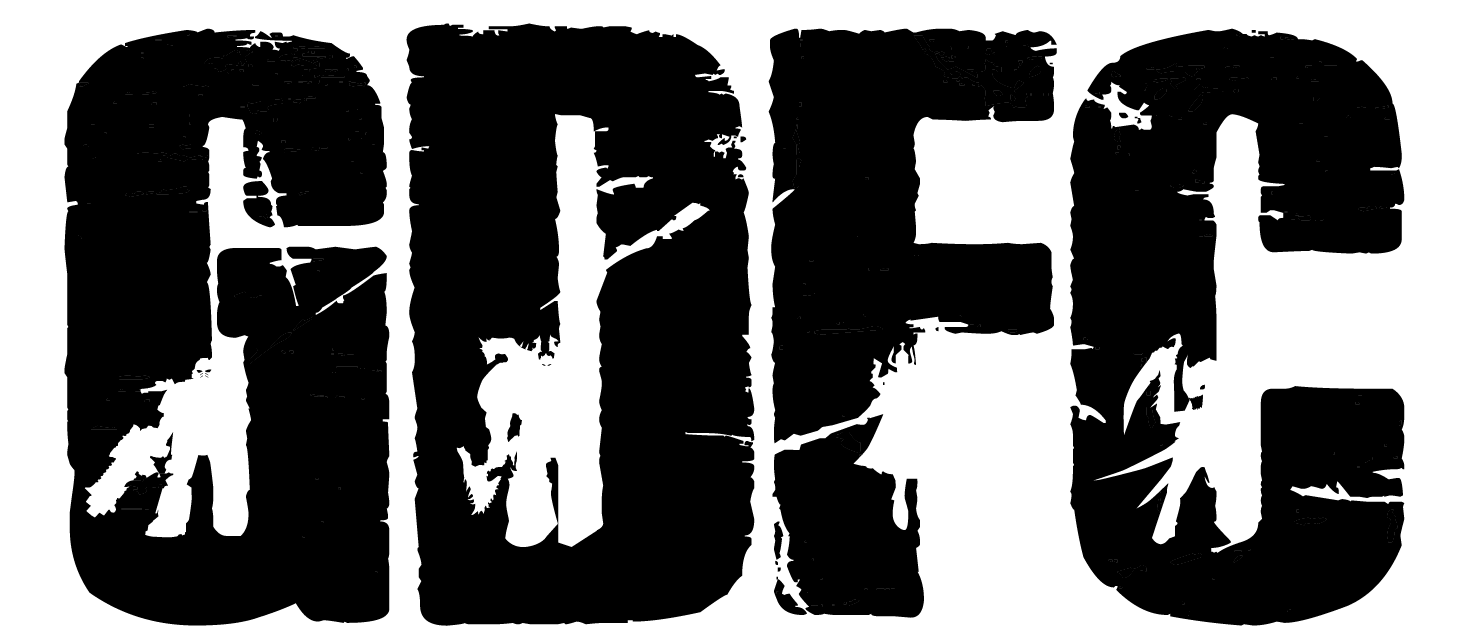Coach’s Corner – Command Point Planning Part 1: Pre-game and deployment
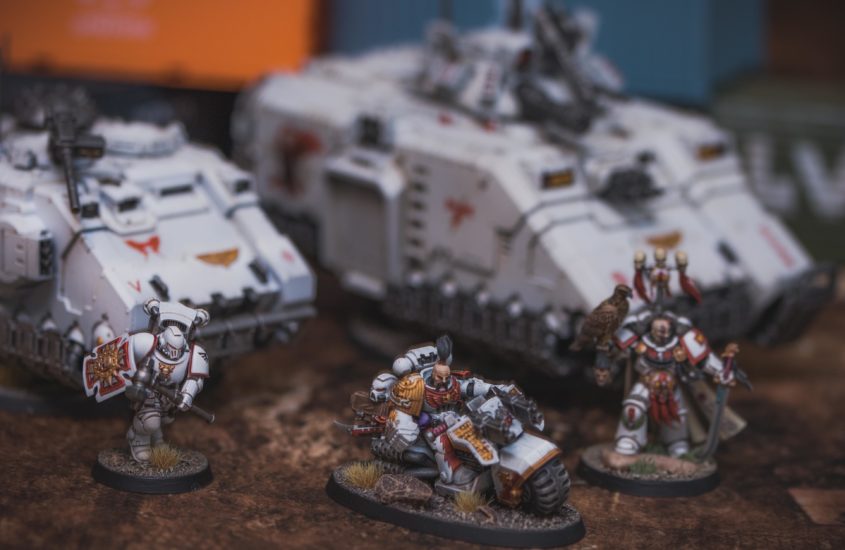
Welcome to the first installment of GDFC’s Coach’s Corner! This will be a continuing series aimed at analyzing each aspect of a game of Warhammer 40k. The goal here is to break down perceived barriers and make it easier for players to make the jump from casual play to more calculated, competitive play. Part 1 will focus on pre-game command point planning.
In general, competitive players build their lists with certain synergies and combos in mind, in order to counter 4 or 5 specific meta matchups. This gives them the best chance at placing or winning whichever event they are preparing for. That part may be obvious.
What is seemingly less obvious, is that they plan out how they intend to use their CP for each game/matchup. There are a lot of players that watch streams or battle reports as their first jump into potentially playing the game. Because CP expenditure is never (or rarely) discussed up top, new players look at CP and stratagem use as a reactionary tool.
Rather, CP expenditure and stratagem use should be a core, proactive tool to help reduce variance and win games. But before we can start planning how to effectively use our CP, we need to understand list requirements!
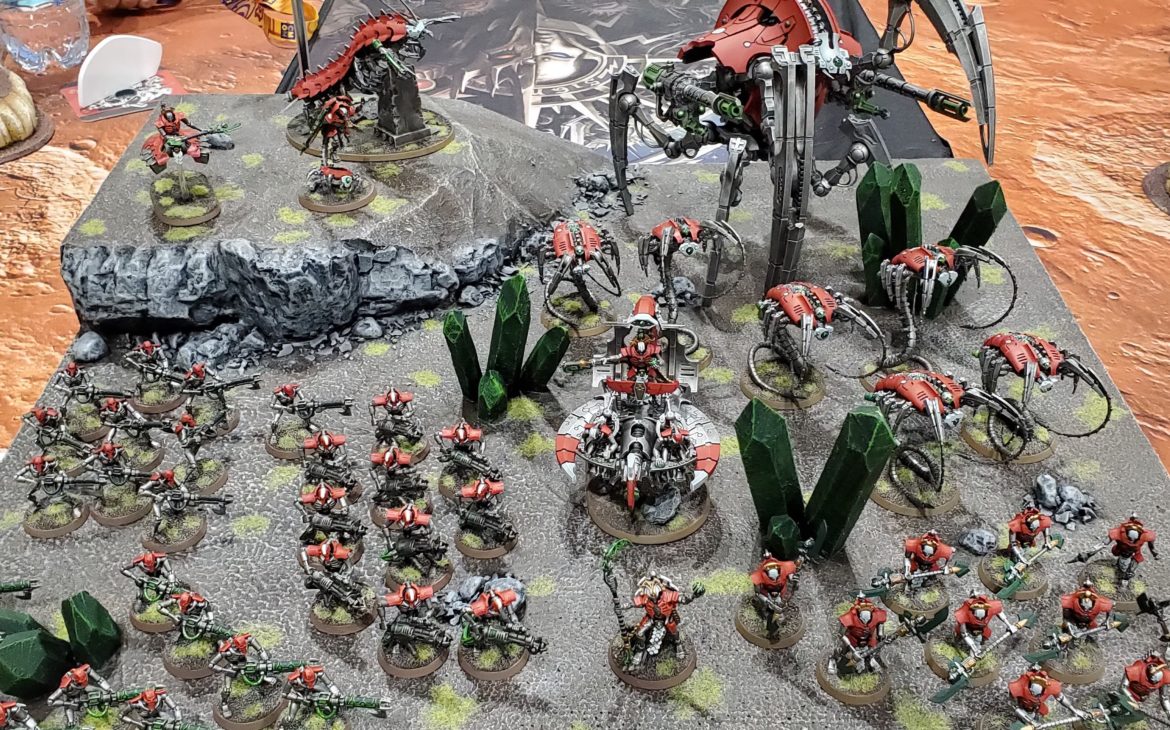
List Requirements
One question that I see come up a lot on competitive forums is “What do I actually have to declare on my army list for a tournament?”.
That’s important, because understanding what pregame stratagems to use and why, in which matchups, and how much CP to plan on spending is not possible without understanding what is expected to be on your printed, fixed, army list for an event.
Each tournament format has slightly different requirements. I’m not going to list all the possibilities, since there are a lot of variations at the local and regional level. In general events that run strictly GW Matched Play rules for army list construction (basically all standard ITC events) allow you to choose your chaplain litanies, pregame stratagems, relics, warlord traits, psychic powers etc. before each matchup. The only fixed feature on your list is who your warlord is – everything else can change each round.
Other formats have more requirements on your army list ranging from minor (NoVa requires your free relic to also be fixed) to extreme (Adepticon requires that EVERYTHING is fixed down, like the Blood Ravens were spotted on the horizon). In general, read your rules packet fully and carefully for each event, and ask the TO if you have questions.
Pre Deployment Stratagem Use
Now you know how your event requires your list to be written. Now you can start to think about how you want to start spending your precious CP beginning with Pre-Deployment Strats.
Restrictive Formats
You may have 3 or 4 warlord traits and 3 or 4 relics that you alternate between depending on matchup in a normal ITC/GW format event. But you likely only have room for 2 warlord traits and maybe 3 relics, max, across your characters in a fixed list style event. So which traits and relics are you going to let go?
My design philosophy is…let go of all of them. In a fixed list event, the temptation is to spend a ton on warlord traits and relics so you can cover more bases. Each matchup, some of those traits and relics will be of little use – or flat out completely useless – and that means CP spent with no return whatsoever on the investment.
Instead, focus on 1 or 2 warlord traits that enhance your characters or army as a whole regardless of matchup, and take 1 or 2 relics that do the same, that will always be useful. Choose powers that are more toolkit-y, rather than match up dependent, for your psykers.
For example – as a White Scar player, I may be tempted to bring a Librarian with the Librarius discipline just so I can access Null Zone for the Chaos or Space Marine matchup – but in every other matchup, that is going to be only situationally useful, depending on if the opponent has invulnerable saves on key units, if at all.
Instead, I’m better off taking the Stormspeaking discipline in order to take spells like Ride the Winds and Storm-Wreathed, which will buff my units every matchup. Make sure that every single game, regardless of the list across the table from you, your pregame CP are going to net a return – or at least give you pathways to do so.
The key is having as many CP as possible for the actual game – including deployment stratagems like outflank or deepstrike, which are not fixed on your list.
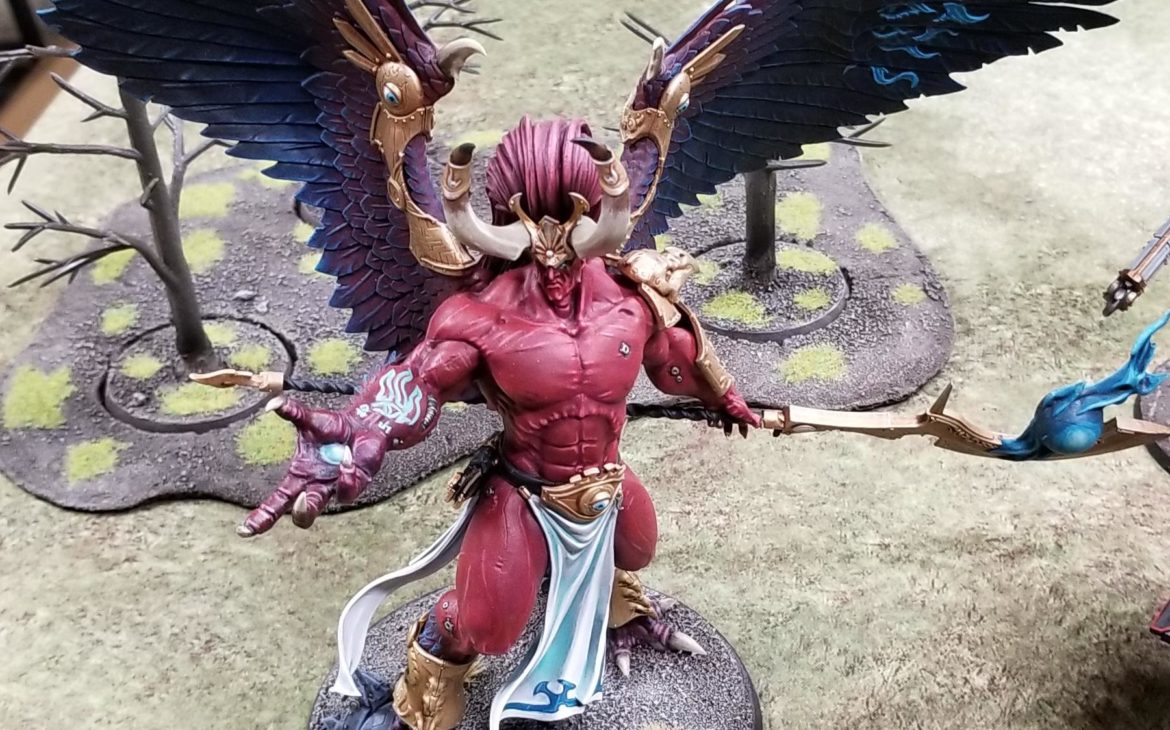
Standard Formats
With standard formats, those using the standard Matched Play rules, you have more options available to you for customizing your force before each match to specifically counter your opponent. That’s great!
But…it can also be a trap. There is still temptation to max out traits and relics – which leaves you at a disadvantage once the game begins and dice start rolling.
I would caution players to show restraint and only spend 1-2 CP on additional pregame traits and relics for each matchup. Pick the most effective trait or relic available depending on the enemy list, and keep a shortlist of what those options are for each meta-list you may face so you can make those decisions quickly.
You are better served by having traits and abilities that offer your units more options in how they play the game, rather than investing in traits and relics and abilities that depend more on the opponent interacting with your force.
For example, back to my White Scars – I have access to the Cyber Eagle Helm, which allows a character to project an aura to allow units to hit on a 5+ in overwatch rather than a 6+.
On units with a high volume of shots, it is incredibly punishing for charging enemies. But what if they decide not to charge those units? If my opponent charges units that are outside of the aura range, or has a way to shut down overwatch, that relic becomes dead weight.
Rather, I can grab the Banner of the Eagle for +1S in an aura around my Ancient. I can take the Plume of the Plains Runner to grant +1 to advance and charge rolls within an aura. Both are helpful regardless of how my opponent plays. I am in full control over whether those auras are utilized effectively. My opponent has no way to shut them off outside of killing the characters holding them.
For both restrictive and standard formats, you’ll have a huge advantage in your ability to change the game state in your favor over the course of the game if you have spent fewer CP in the pregame than they have. Keep your pregame options simplified, streamlined, and focused – don’t stray from your plan. Trust in it!
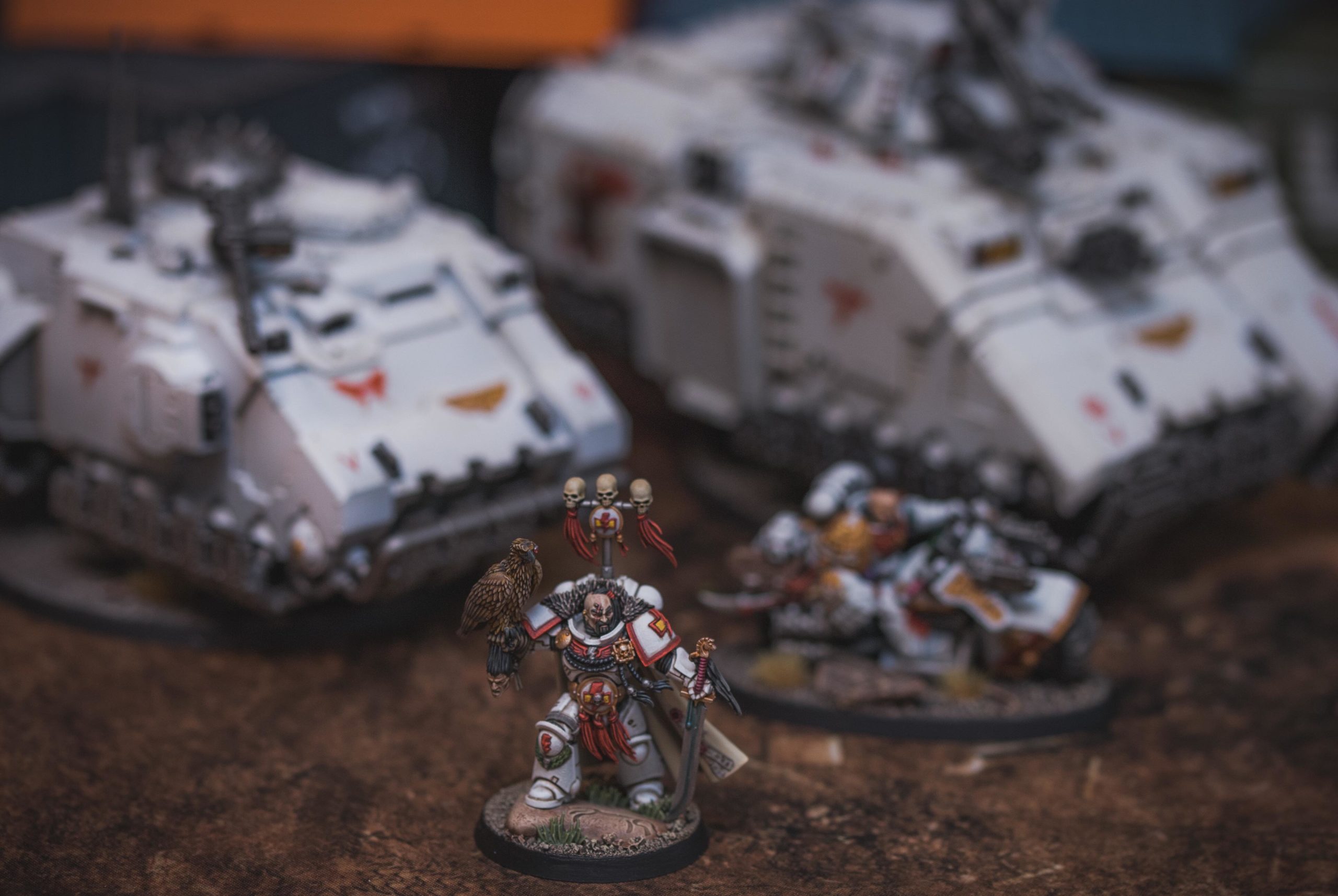
Deployment CP Expenditure
Now you have your list built, and you know what 1-2 CP you’ll be spending each matchup to tweak the traits, relics, and abilities of your force to better foil enemy plans. You should know exactly how many CP you have left to spend on the actual game round to round, including deployment.
Every army has the option to deep strike or outflank multiple units for usually 1-2 CP per unit. As above, I would invite caution – look at the terrain layout on your board. Look at the enemy units and army list. Look at your deployment zone type. Recall if you’re using ITC ruin rules or standard GW ruin rules. All of these should factor into your decision to put units in reserves.
“But Nick, I thought this was about planning CP, how can I plan CP if I don’t even know what deployments or terrain setups I’ll run into?” I hear you cry – being good at any game, like 해외카지노사이트, comes down to being prepared.
Like with pre-deployment CP expenditure based on matchup and list requirements, you can practice how your army functions in each mission on each deployment map and with varying types of terrain and setups. You can create a formula to a degree:
IF (deployment A) AND (mission C) AND (GW ruin rules) AND (List: Aeldari Flyers) THEN (Reserves for UNIT X)
I would also push you to look at deployment stratagems as options compared to other stratagems. For example, if you run assault centurions as a space marine chapter of a particularly pale and scarred demeanor. You need to keep them alive until turn 3 when you can set up plays for them in the assault doctrine:
- If you’re using ITC ruin rules, great! First floors block line of sight. If you have enough ruins in your deployment to fit your centurions, you may just deploy them and keep them hidden until the right moment.
- If you’re not using ITC ruin rules. If there just isn’t enough line of sight blocking terrain to hide them. If it’s not in your deployment zone and you don’t want to risk going second and losing them right away. You may decide that you can always just use something like Transhuman Physiology to protect them in a pinch!
- But…that only works on one unit, so what if you have 2 units? And that’s 2CP per turn to maybe keep them alive. Well hey, for 2CP we can just outflank both units of centurions instead and guarantee it. That means we can save 4 CP total (2CP x 2 turns) for other stratagems and combos. That also means we can keep them safe from enemy fire till turn 3 regardless of terrain or deployment.
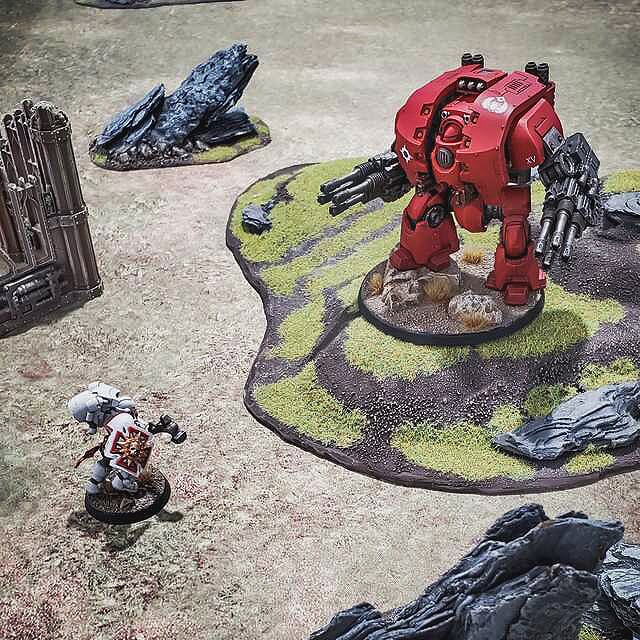
So in that specific scenario, using deployment stratagems to outflank key units may make the most cents (WHEEZE). Ask yourself the following questions to decide if using reserves is right for your army list:
- What do you need each unit to do in order to create a loss condition for your opponent? How about a win condition for you?
- What are your pathways to doing that, given the matchup, the terrain, the deployment, and your stratagem pool?
- Is reserves a more effective way of doing that? Do you have other options for creating a drop zone for them to be most effective?
- Is spending or saving CP worth the restrictions on when and where the unit arrives on the table?
- Do you have ways to allow combat units arriving from reserves to reduce the charge distance, so you can protect them from shooting?
- Does your opponent have reactionary stratagems like Auspex Scan that would potentially push your reserves out of charge range? What options do you have for mitigating or removing that as an option for the opponent?
Once you decide which units are going to go in reserves, the question is when to “deploy” them. We’ll cover deployment itself in another Coach’s Corner in the future.
Ultimately, pre-game CP spending is precise and streamlined so you can make decisions quickly and with confidence. It enables your army to function as a tool kit rather than limiting the function of one unit to a single tactic.
The goal of pre-game CP is to make your army more dangerous or flexible vs your specific opponent (or an expected meta of opponents, if a more restrictive style of fixed list options is at play). It should also leave you with as many CP as possible to utilize across the 6 turns of the actual game once dice start rolling.
In Part 2, we’ll address how to plan your CP in the game proper. Spoiler, it probably won’t last all 6 turns, and it probably won’t go according to plan, but a plan is better than flying by the seat of your pants!
We would love to hear your thoughts so please leave us a comment down below. We hope to resume our video content as soon as we can. For now, we’re doing our part to promote social distancing and keeping our communities, families, and loved ones healthy.
If you’re interested in joining our Discord community, reach out to us at grimdarkfilthycasuals@gmail.com and please follow us on the usual platforms to stay up-to-date with all of the latest releases from GDFC.
- Twitter: @GDFilthyCasuals
- Instagram: grimdarkfilthycasuals
- Facebook: grimdarkfilthycasuals
- Youtube: GDFC Youtube Channel

Nick Powell is a founding member of Grim Dark Filthy Casuals, Content Director, Editor, Author, r/WarhammerCompetitive Moderator, and Chief “Roll a D6 to generate their army randomly” Cowboy

